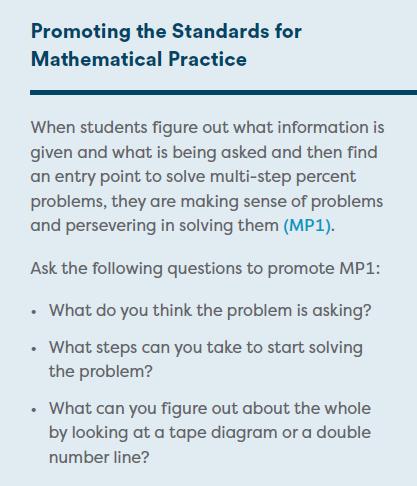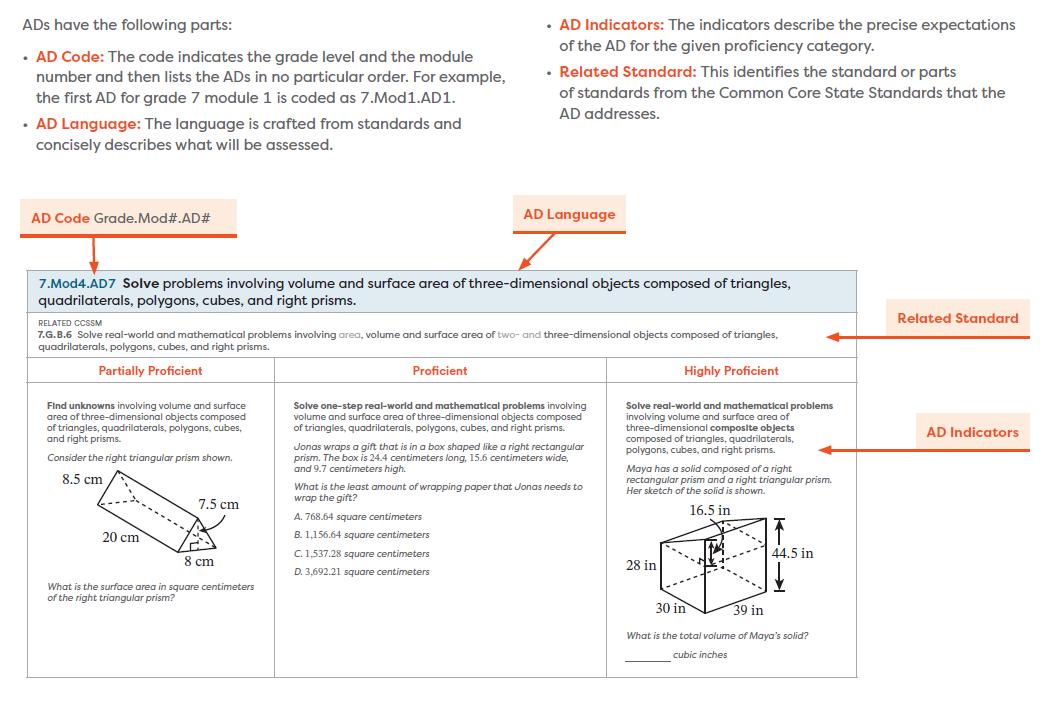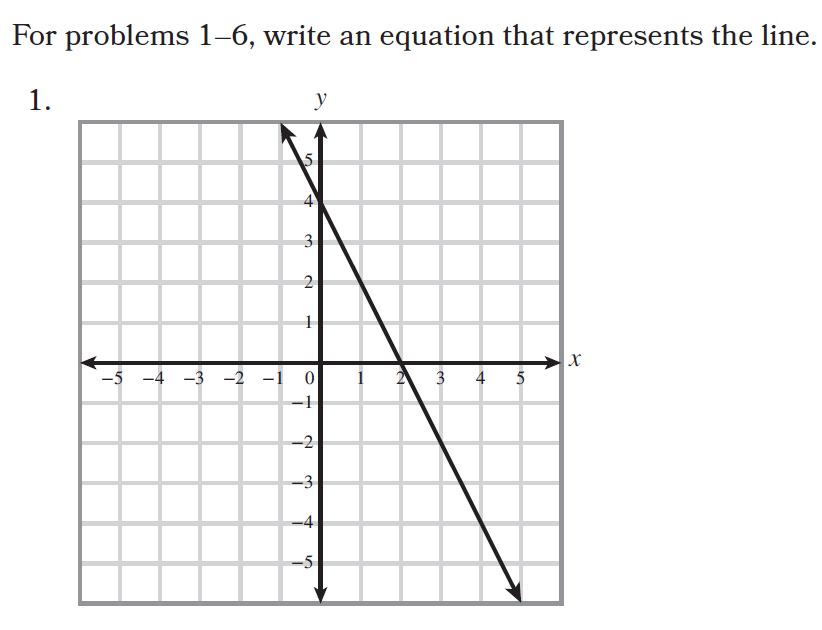space; bullets, tables, and headings; and easily readable fonts and font sizes. •
Use a readable font in print materials.
•
Include plenty of white space for students to work and show their thinking through numbers, pictures, or words.
6. Assessment Program A.
Curricular materials include frequent and varied and comprehensive assessments. i.
ii.
iii.
✓
Summative assessments, taken as a whole, include opportunities for students to demonstrate the full intent of grade-level standards. Formative assessments support teachers in determining whether students met the objective(s) of the lessons and topics. Assessment items include a combination of tasks that require students to demonstrate conceptual understanding, procedural skill and fluency, and application.
© 2022 Great Minds PBC | greatminds.org
All Eureka Math2 assessments formative because the assessments are intended to inform instruction. Assessments may also be summative to produce a grade or report that becomes part of a student, school, or district record. On its own, a single assessment does not show a complete picture of student progress. For example, a short assessment might use a single question to assess part of a standard, thus producing a limited perspective. A combination of assessments and data can be used to generate a complete picture of student learning or to produce a grade for the subject or course. Each assessment is aligned with module-level Achievement Descriptors (see criteria 6.B) which encapsulate either all or part of a grade-level standard. This alignment ensures that the assessments reflect the balance of the standards as presented in the materials. The assessment system helps teachers understand student learning (what they know and can do) by generating data from many perspectives. The system at levels 6 through Algebra 1 includes •
lesson-embedded Exit Tickets,
•
Topic Quizzes,
•
Pre-Module Assessments,
•
Module Assessments, and
•
Benchmark Assessments.
Exit Tickets are short, paper-based assessments that close lessons. They use at least one problem, question, or writing prompt to assess whether a student learned the basic skills and ideas needed for success in upcoming lessons. Items reflect the minimum proficiency that students must demonstrate to meet the lesson objective(s). Typical Topic Quizzes consist of four to six items that assess proficiency in the major concepts from the topic. Topic Quizzes include Depth of Knowledge (DOK) 1 and 2 items. Each Topic Quiz has three analogous digital versions; unused versions can be used for extra practice and/or retakes. Typical Module Assessments consist of six to ten items that assess proficiency with the major concepts, skills, and applications taught in the module. The concepts on Module Assessments represent the primary content, but they may not assess all the standards taught in the module. Module Assessments include DOK 1, 2, and 3 items. Each Module Assessment in levels 6 through Algebra 1 as two analogous digital versions; unused versions can be used for extra practice and retakes. Each Benchmark Assessment covers the content of two modules and provides insight about students’ proficiency with the content over time. Three Benchmark Assessments are available for each level. Every Benchmark Assessment addresses all the Achievement Descriptors, or ADs, from the two covered modules. The second and third Benchmark Assessments include additional items that address a selected set of ADs from the previous two modules. The selected set of ADs is composed of standards that align with the major work of the level. Digital assessment items include a variety of item types, including selected response (e.g., multiple choice, choice matrix, drop-down list), technology-enhanced (drag-and-drop, hotspot, graphing, plotting), and constructed response items. Paper-based assessments in levels 1 and 2 also







